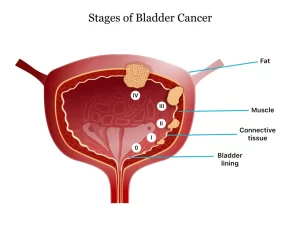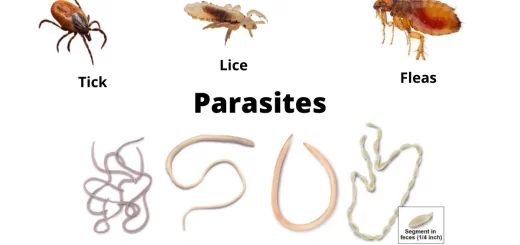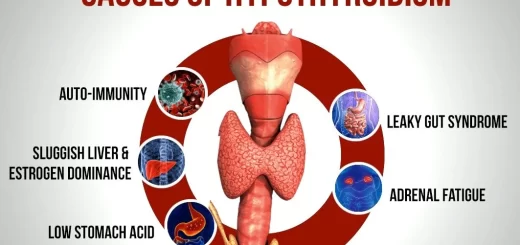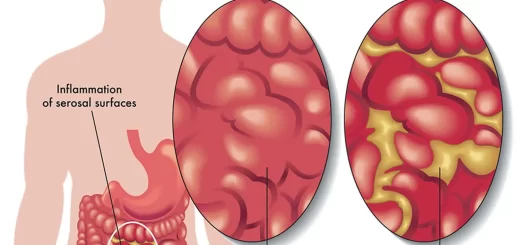Bladder cancer causes, Symptoms, treatment and How is bladder carcinoma diagnosed?
Carcinoma of the bladder, also known as bladder cancer, is a type of cancer that develops in the tissues of the bladder, the organ that stores urine. Treatment for bladder cancer depends on the stage and grade of the cancer, as well as your overall health.
Carcinoma of the bladder
- The commonest neoplasm that affects the urinary tract.
- The incidence and prevalence rates increase with age, peaking in the 8th decade of life.
- Gender incidence: Males are 3 to 4 times more likely to develop bladder cancer than females presumably because of an increased prevalence of smoking and exposure to environmental toxins).
Causes of bladder cancer
- Cigarette smoking, which contains the carcinogens nitrosamines and 2-naphthylamine.
- Occupational exposure of workers in the aniline dye industry to the carcinogens aromatic amines, benzidine, and 2-naphthylamine (rubber industry, agriculture, paints, textile).
- Chronic bilharzial (Schistosomal) cystitis in endemic areas such as Egypt, which predisposes to Squamous cell carcinoma (rare now).
- Chronic irritation: due to indwelling catheters and bladder stones, which predisposes to squamous cell carcinoma.
- Pelvic radiotherapy and some types of chemotherapy e.g. cyclophosphamide.
Pathophysiology
Multifocal and synchronous tumors occur in 70% of newly diagnosed cases and in >50% of cases may be accompanied by areas of dysplasia up to carcinoma in situ.
Pathology
Histological types
1. Transitional cell carcinoma (90%):
- Non-muscle invasive papillary tumor (stage Ta, T1) with a thin highly vascular pedicle. Prognosis is usually good after an endoscopic resection (70%).
- Non-muscle invasive sessile tumor restricted to the bladder mucosa: carcinoma in situ (Cis). It is a high-grade tumor confined to the urothelium, and it doesn’t invade the basement membrane, It is associated with a bad prognosis.
- Muscle-invasive sessile tumor (stage T2 and beyond) has a less favorable prognosis (30%).
2. Squamous cell carcinoma (4%): follows squamous metaplasia of the transitional epithelium in the mucosa. Squamous metaplasia is caused by chronic irritation as chronic non-specific or specific (bilharzial) cystitis. The tumor is always solid and sessile.
3. Adenocarcinoma (1%): rare, and usually has a bad prognosis. May be associated with cystitis glandularis- and usually arises at the site of the urachus (dome of the bladder).
Symptoms of bladder cancer
- TOTAL PAINLESS HEMATURIA.
- Irritative bladder symptoms: dysuria, frequency, urgency.
- Necroturia: the growth of the tumor exceeds the growth of its vascular supply. The outer surface of the tumor becomes ischemic. It undergoes necrosis and sloughing. The sloughed necrotic shreds that pass out with urine during micturition are called necroturia.
- Obstructive urinary symptoms: if the tumor is located at the bladder neck.
- General symptoms (if significant bleeding or metastasis).
- Manifestations of uremia if the trigonal tumor obstructs both ureteric orifices.
Signs of bladder cancer
- Usually, bladder tumor is not clinically felt.
- A big deeply invasive tumor is felt as a firm irregular mass by digital rectal examination (DRE) in males, or by vaginal examination in females.
- The bimanual examination is important to assess tumor mobility, A fixed tumor denotes it has infiltrated nearby pelvic bones and organs with a bad prognosis (stage T4).
Investigations
1. Routine laboratory:
- CBC (anemia or leukocytosis).
- Complete urine analysis: RBCs in urine.
- Urea and creatinine (elevated levels if both ureteric orifices are obstructed by the tumor).
2. Urine cytology: malignant cells detected in urine samples, especially in high grade tumors and CIS.
3. Ultrasonography and CT scan: show a solid mass in the bladder.
4. Cystogram phase of IVU: shows an irregular filling defect. However, CT with contrast has replaced nowadays the IVU, and a is much more helpful in the staging of these tumors.
5. Cystoscopy: is important to evaluate the tumor by direct vision, and take a biopsy or to do a complete resection (TURBT: Trans Urethral Resection of Bladder Tumor).
Metastasis
- Hematogenous spread is the earliest route of metastasis in transitional cell carcinoma owing to its rich blood supply. The commonest sites of metastasis are the liver, lungs, and bone.
- Lymphatic spread to the obturator and iliac lymph nodes is the earliest route of metastasis in bilharzial squamous cell carcinoma owing to its poor blood supply.
- Direct spread to nearby organs.
Treatment
A. (non-muscle invasive, Ta, T1 & CIS) papillary tumors:
- TURBT (complete resection of the tumor) followed by
- Intravesical installation of immunotherapy (BCG) or chemotherapy to prevent tumor recurrence and/or progression.
- Regular periodic follow-up: by urine cytology, U/S abdomen and pelvis, and cystoscopy according to the stage and grade of the tumors.
B. Muscle invasive tumors: the gold standard treatment option is radical cystectomy: removal of the bladder with covering peritoneum, prostate, seminal vesicles (or uterus, ovaries, and anterior vaginal vault in the female), pelvic lymph nodes (obturator and iliac), and urinary diversion which can be classified into:
1- Continent: depends on sphincter either
- Orthotropic (external urethral sphincter): ileal neobladder or
- An ectopic (anal sphincter): uretero-sigmoid-ostomy and rarely rectal bladder or continent catheterizable stoma on the abdominal wall skin.
2- Incontinent: continuous drainage of the urine to outside the body through abdominal wall skin stoma (ileal conduit).
Other options for Muscle invasive tumors: Bladder preservation protocols in f of chemo and radiotherapy after completer tumor resection TURBT.
C. Advanced tumor: palliative cystectomy and palliative care programs for intractable pain or refractory hematuria or refractory dysuria.
You can subscribe to Science Online on YouTube from this link: Science Online
You can download Science Online application on Google Play from this link: Science Online Apps on Google Play
What are urinary tract infections?, kidney problems, Urinary retention and Bladder stones
Functions of Kidneys, Role of Kidney in glucose homeostasis, Lipid & protein metabolism
Histological structure of kidneys, Uriniferous tubules and Types of nephrons
Urine formation, Factors affecting Glomerular filtration rate, Tubular reabsorption and secretion
Urinary passages function, structure of Ureter, Urinary bladder, and Uvulae vesicae
Urinary system structure, function, anatomy, organs, Blood supply, and Importance of renal fascia
Urinary bladder structure, function, Control of micturition by Brain & Voluntary micturition




